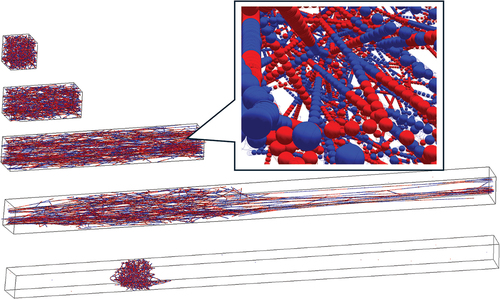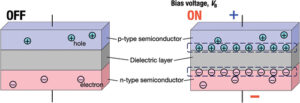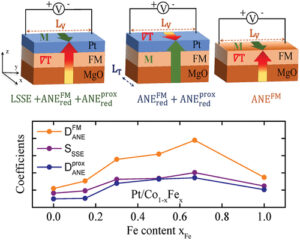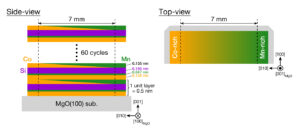Zinc stannate nanostructures: hydrothermal synthesis
Published : 2011.03.11 / DOI : 10.1088/1468-6996/12/1/013004
半導体性を示す二元系金属酸化物のナノ構造はそのユニークな性質のゆえ広範囲な応用が考えられることからここ10年特に注目を浴びている。もし、三元系の複合酸化物になればさらに物理的、化学的性質の改善が図れるのではないかという期待が最近高まっている。スズ酸亜鉛(zinc stannate or zinc tin oxide; ZTO)は極端条件下でも安定した性質を示す三元系酸化物としてしられ、対応する二元系酸化物に比べて高い電子移動度、興味深い光学的性質を持つ。この材料はしたがって、太陽電池。センサー、光触媒への応用について理想的と言える。種々のナノ構造ZTO合成法の中で、水熱合成法は低温で行えることから環境に優しい合成法と言える。このレビュー論文で著者達は水熱合成法を用いた種々のナノ構造スズ酸亜鉛の成長条件をまとめ、また応用についても精査している。
Nanostructured binary semiconducting metal oxides have received much attention in the last decade owing to their unique properties rendering them suitable for a wide range of applications. In the quest to further improve the physical and chemical properties, an interest in ternary complex oxides has become noticeable in recent times. Zinc stannate or zinc tin oxide (ZTO) is a class of ternary oxides that are known for their stable properties under extreme conditions, higher electron mobility compared to its binary counterparts and other interesting optical properties. The material is thus ideal for applications from solar cells and sensors to photocatalysts. Among the different methods of synthesizing ZTO nanostructures, the hydrothermal method is an attractive green process that is carried out at low temperatures. In this review, we summarize the conditions leading to the growth of different ZTO nanostructures using the hydrothermal method and delve on a few of its applications reported in the literature.
論文情報
- 著者
- Sunandan Baruah and Joydeep Dutta
- 引用
- Sci. Technol. Adv. Mater.12(2011)013004.
- 本誌リンク
- http://doi.org/10.1088/1468-6996/12/1/013004








